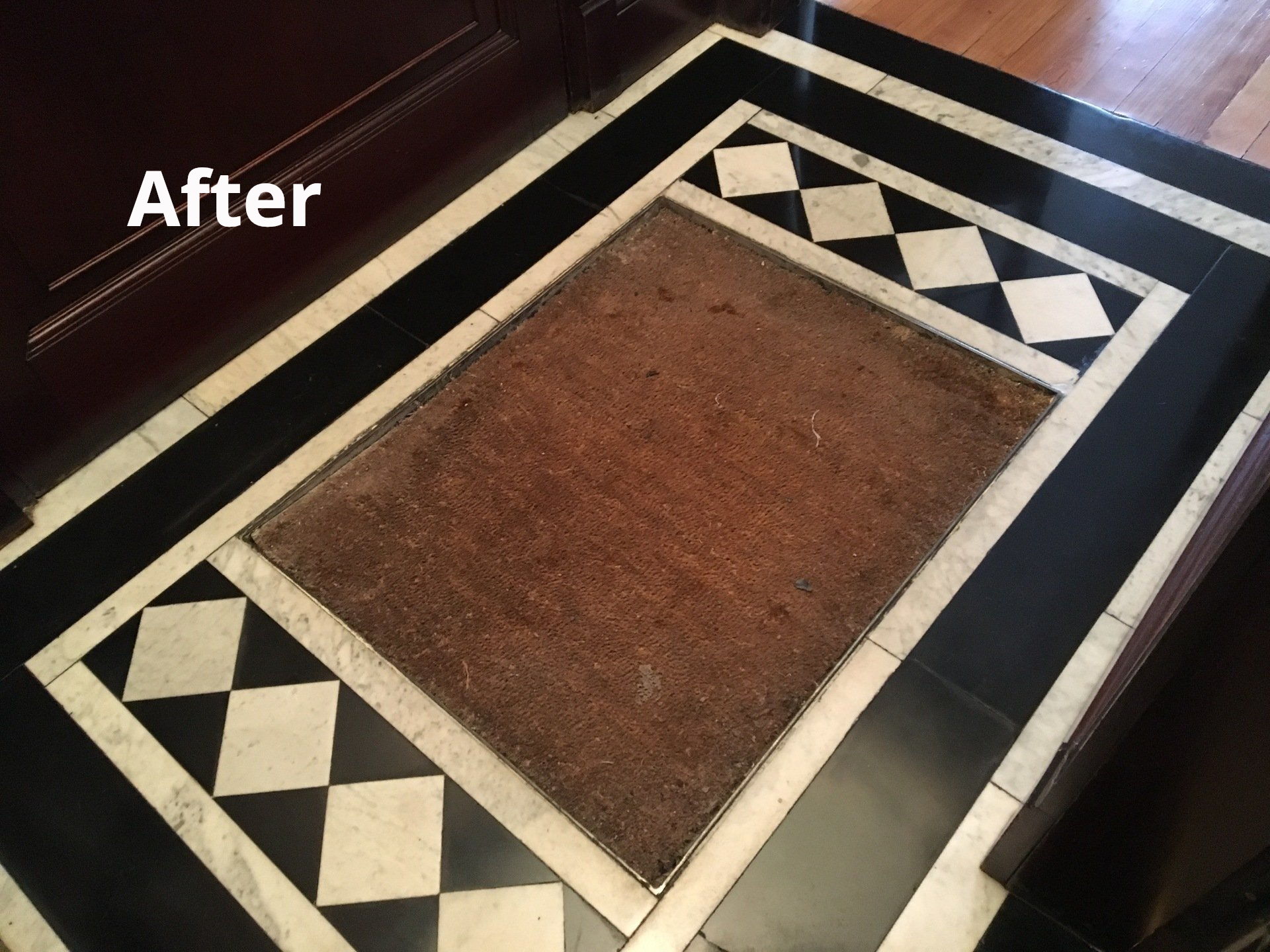Stone restoration is a captivating yet often overlooked process that can inject new life into both historic and contemporary structures. Many property owners and fans believe that the restoration of stone surfaces is as easy as putting on a fresh coat of sealer or scrubbing with aggressive chemicals. However, these misconceptions can lead to harm rather than restoration, eventually detracting from the beauty and stability of these organic materials. In this write-up, we will clarify some of the most frequent myths surrounding the stone restoration process, providing you with the knowledge necessary to make wise choices about your stone surfaces.
Whether you are considering a project for restoration for your historic home or simply seeking to preserve the beauty of your outdoor patio, understanding the dos and don’ts of the stone restoration process is crucial. From https://anotepad.com/notes/p9key85y to recognizing when it’s the right time to revive your stones, this ultimate guide will prepare you with vital insights. Get ready to explore the facts behind the discipline of stone restoration and uncover the best methods to protect and improve the character of your stone features.
Common Myths About Stone Restoration
One widespread myth surrounding stone restoration is that it is always a complicated and expensive process. Numerous homeowners think that restoring stone surfaces requires significant labor and professional intervention, often resulting to the belief that it's outside of their budget. In truth, a variety of restoration tasks can be addressed with straightforward DIY techniques or routine maintenance that is affordable and less complicated than anticipated. Instructing oneself on proper care can greatly reduce restoration costs.
Another notable misconception is that all stone surfaces require the identical restoration methods and products. People often think that a generic approach is suitable for maintaining multiple types of stone, but all type has unique properties and needs. For instance, granite, marble, and limestone all require varying cleaning solutions and techniques for restoration. Comprehending these differences is vitally important for effective stone care and can prevent detriment that may result from using inappropriate products.
Finally, some think that once a stone surface has been restored, it will remain flawless indefinitely. This fallacy can lead to negligence in consistent maintenance. While professional restoration can refresh stone surfaces, regular care is necessary to extend the life and appearance of the restoration. Ongoing sealing, cleaning, and avoiding abrasive materials are crucial actions to maintain the integrity and beauty of stone surfaces over time.
Do-It-Yourself vs. Expert Stone Refurbishment
When considering stone restoration, many homeowners find themselves at a crossroads: should they take on the project themselves, or hire a professional? DIY restoration can be appealing due to the potential cost benefits and the satisfaction of completing a project by oneself. However, it is essential to understand the limitations of DIY approaches. Without proper tools and techniques, you risk damaging the stone further or not achieving the desired result. For small jobs, such as cleaning or simple repairs, DIY can be effective, but larger restoration projects may necessitate professional expertise.
On the other hand, expert stone restoration services bring valuable experience and specialized tools to the table. Experts are trained to assess the specific needs of various stone types and can utilize advanced methods that ensure optimal results. They can handle challenges that may confound a novice, such as color matching or fixing structural damage. While hiring a professional can be more expensive, the quality of work often warrants the expense, particularly for high-value or historic stone surfaces.
In the end, the decision between DIY and professional restoration depends on the intricacy of the project and your comfort level with the required skills. For small upkeep, a DIY approach might suffice, but for major restorations, it’s wise to take into account the benefits of professional services. By weighing who handles commercial marble polishing in sydney and cons, homeowners can make informed choices that preserve the integrity and beauty of their stone surfaces.
Best Practices for Maintaining Stone Surfaces
Preserving natural stone surfaces requires consistent upkeep to preserve their aesthetic appeal and durability. One of the top practices is to wipe them consistently using stone-specific cleaners specifically designed for stone. Harsh cleaning agents can damage the integrity, so stay away from acidic or abrasive products. Routine dusting and sweeping aids in removing dirt and debris that can lead to scratches. Additionally, immediately wiping up spills reduces the risk of marks, keeping the stone remains clean and intact.
Protecting your rock surfaces is another important step in maintenance. Based on the specific stone, sealing again should be done every half a year to one year. A suitable coating guards against water and blemishes, which makes it simpler to clean the material. It's important to choose a product that fits your specific stone type, as various stones call for specific products for maximum protection.
Finally, take into account climate and humidity levels in your surroundings. Extreme temperatures and excessive humidity can affect the condition of natural stone surfaces. Using moisture eliminators in damp areas or steering clear of high heat can reduce the chances of harm. By following https://kearns-milne-2.blogbright.net/a-revival-movement-advancements-in-stone-preservation , you can ensure that your stone surfaces remain beautiful and functional for many years to come.

